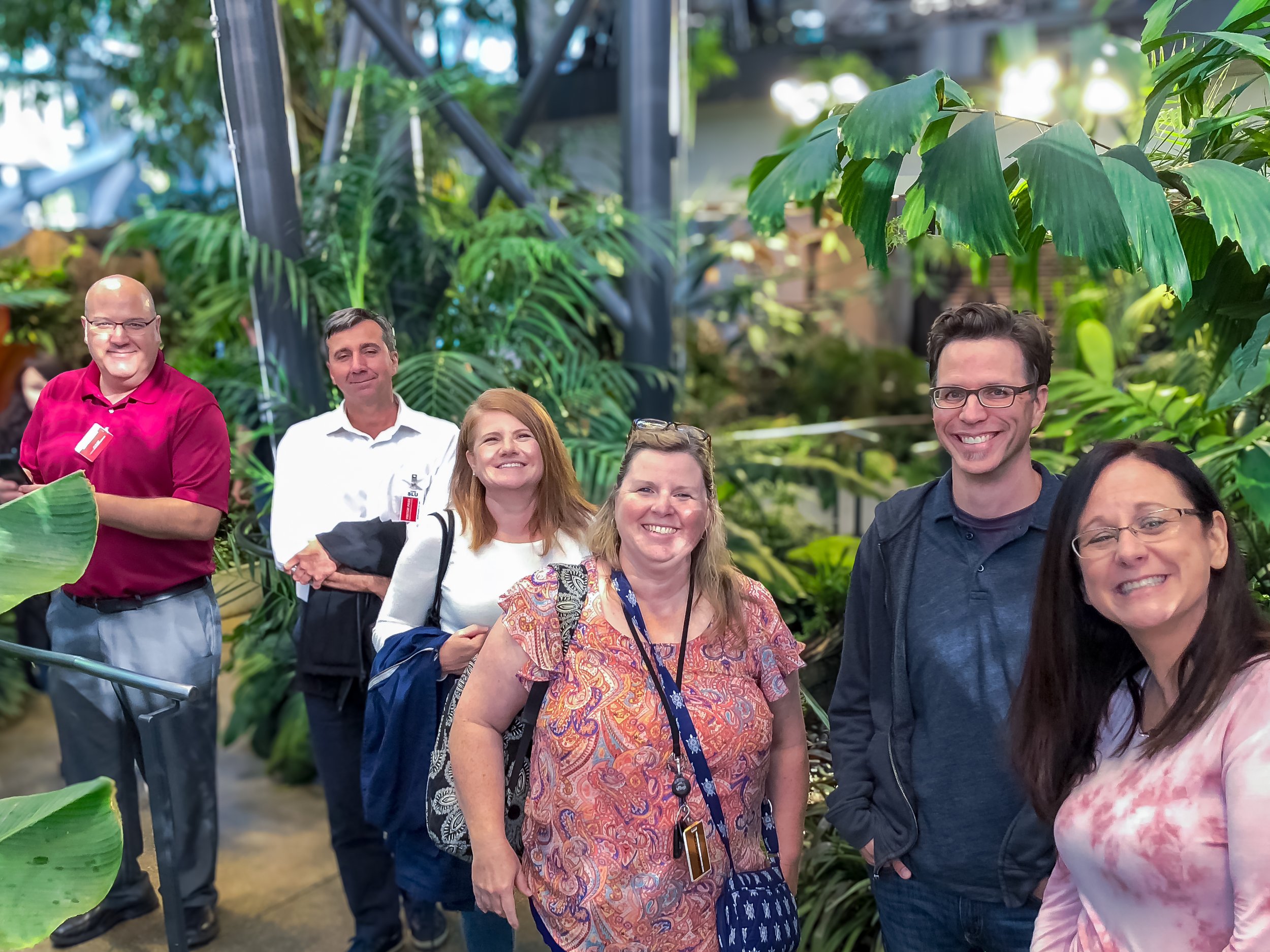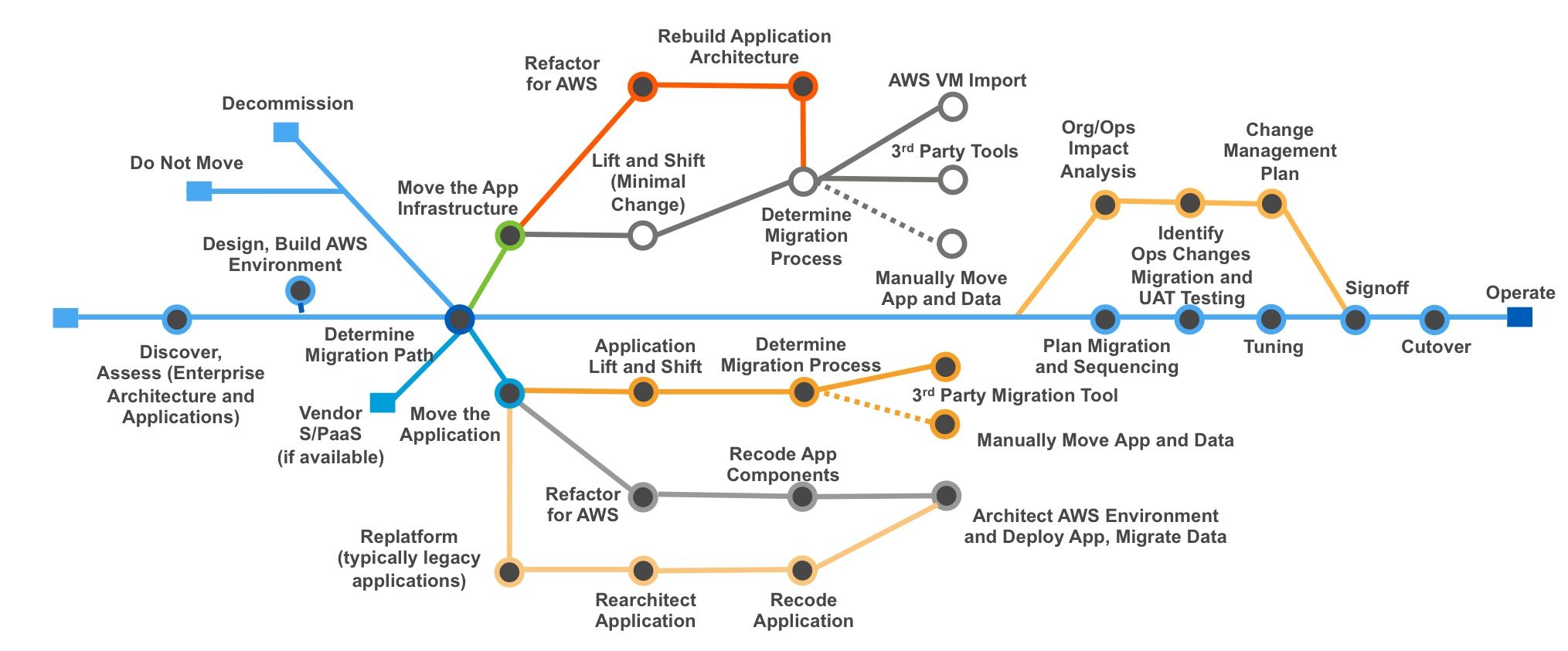
Guiding a Large Federal Contractor to Success with Cloud Computing
During my time at AWS, I transitioned to working with a multi-billion-dollar federal Managed Service Provider (MSP) after my experience on the State and Local Government team. This MSP served high-profile agencies such as the US Agency for International Development (USAID) and the Army Corps of Engineers. When I took over the account, they were facing a major setback. Their AWS environment had failed due to flawed backup and recovery configurations set up by their IT consultants. A database failure during an update caused a system crash, and the subsequent recovery process was slow and ineffective. This experience significantly damaged their confidence in AWS. I was brought in to stabilize the situation and restore the relationship by addressing the immediate crisis while refocusing the client on their long-term cloud computing goals.
To resolve the issue, I engaged a dedicated solutions architect to conduct an in-depth analysis of the database failure. Together, we redesigned and redeployed the database application in a more stable and scalable AWS environment, implementing robust backup and disaster recovery mechanisms tailored to the client’s recovery objectives. Once the system was stabilized, I facilitated a strategic discussion with the client’s leadership team to understand their broader technology vision, address their concerns, and realign them with the advantages of cloud computing.
Through these discussions, we co-developed a roadmap for migrating critical workloads from their co-located data centers to AWS. We executed this plan in phases, starting with lift-and-shift migrations and gradually moving toward application refactoring. Some software vendors were initially unfamiliar with virtualized infrastructure, which created challenges in the migration process. To overcome these obstacles, I coordinated efforts between the client, AWS product engineers, and key software vendors to ensure smooth integrations.
As our partnership matured, we expanded into more advanced cloud initiatives. One such project involved implementing remote sensing systems, where we incorporated machine learning and artificial intelligence to improve data analysis capabilities. Another initiative focused on deploying eHealth information systems in remote regions of Africa to enhance healthcare delivery.
To ensure ongoing collaboration and accountability, I established a cadence of quarterly business reviews that included AWS leadership. I also worked closely with the client on Capture activities, identifying and pursuing federal agency grants and bid opportunities. Together, we targeted funding sources from organizations such as the World Bank, USAID, the Federal Highway Administration, NIH, and the Gates Foundation.
By the end of our two-year engagement, I successfully guided the client into an AWS Enterprise Agreement, a program designed for accounts billing over one million dollars annually. This agreement provided the client with cost savings, enhanced support, and additional enablement resources in exchange for their long-term commitment to AWS.
This case study exemplifies my ability to manage crises, develop strategic technology roadmaps, and foster deep customer relationships that drive business growth and innovation.



